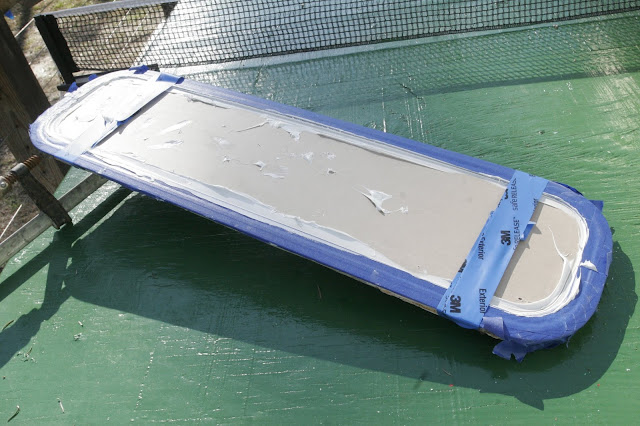The first SUP design I built was a hybrid wood strip/glass hull board. This was back in 2011
Later I moved to all composite hollow boards of which I made 3 different evolutions.
While each variant was an improvement, our new board will be a major advance in design and awesomeness.
I have paddled a lot of boards an used this experience to drive the design of our new SUP.
It is still in the plug molding phase but is rapidly progressing.
Below are photos of the plug. This was formed with wood strip construction overlaid with glass cloth and resin. These steps were followed with 11 gallons of fairing compound.
We are happy with the shape to this point. The next steps will be gelcoat layers, sanding and polishing.
The plan is to have our first board ready for spring testing.








































